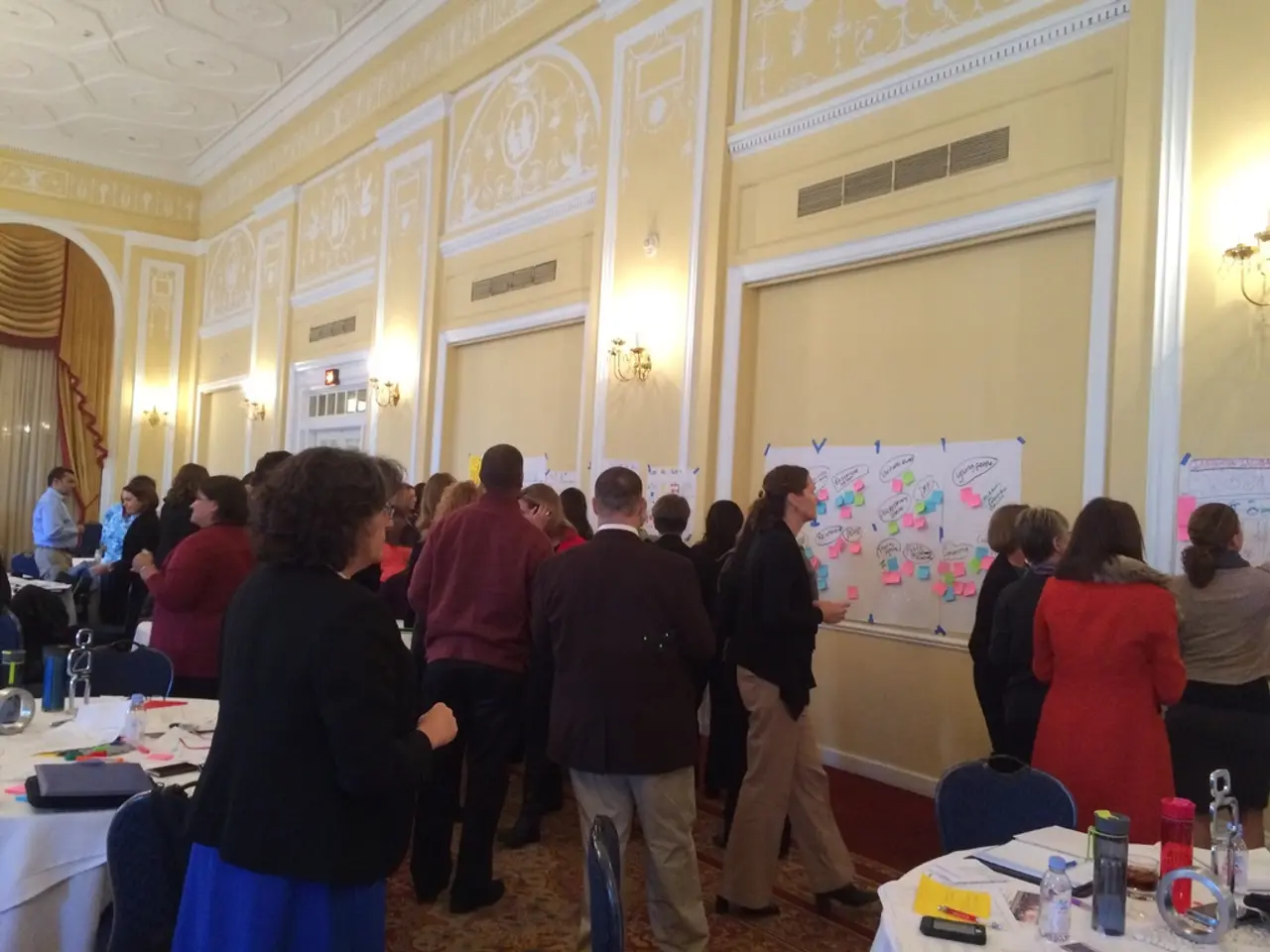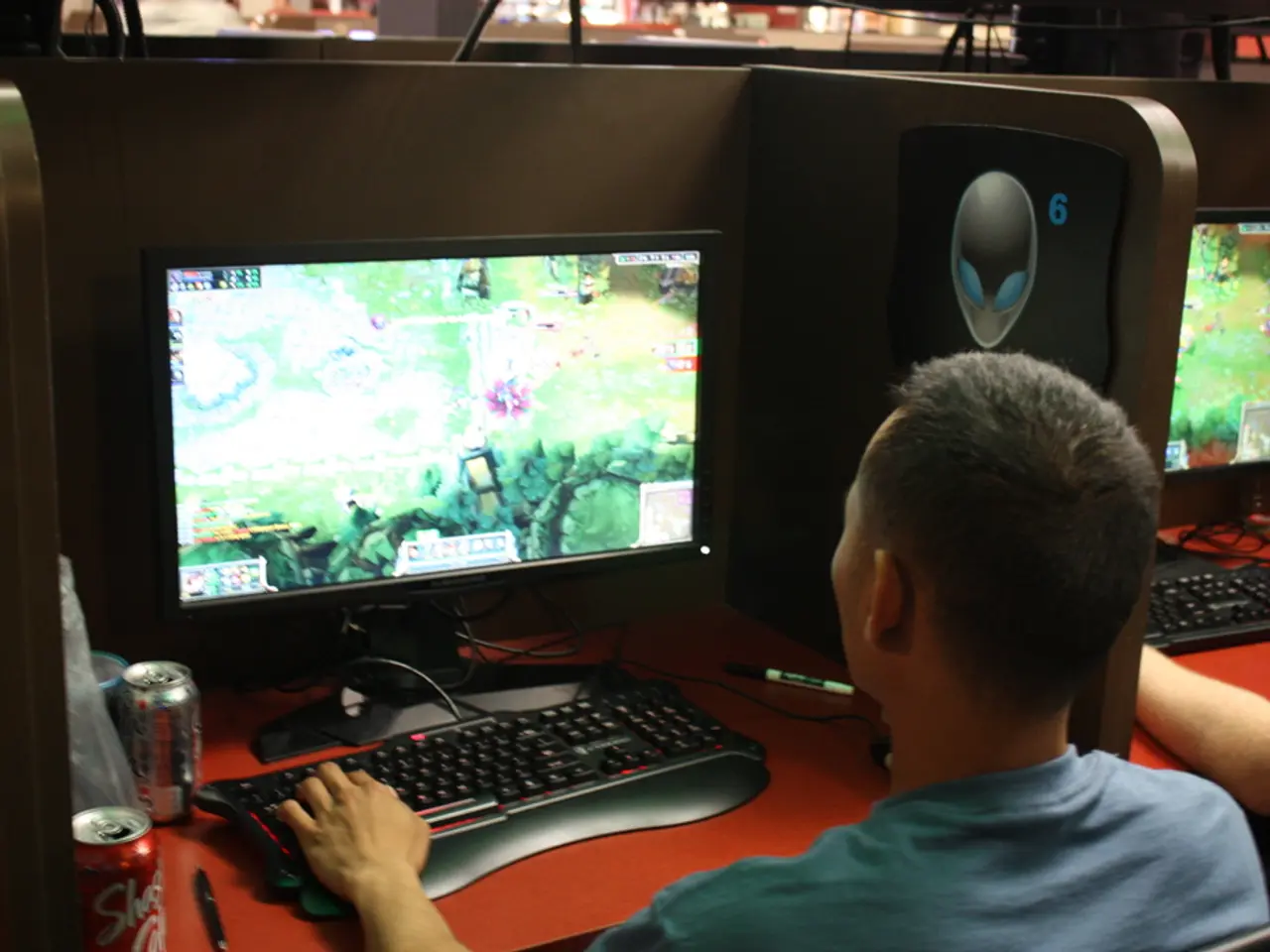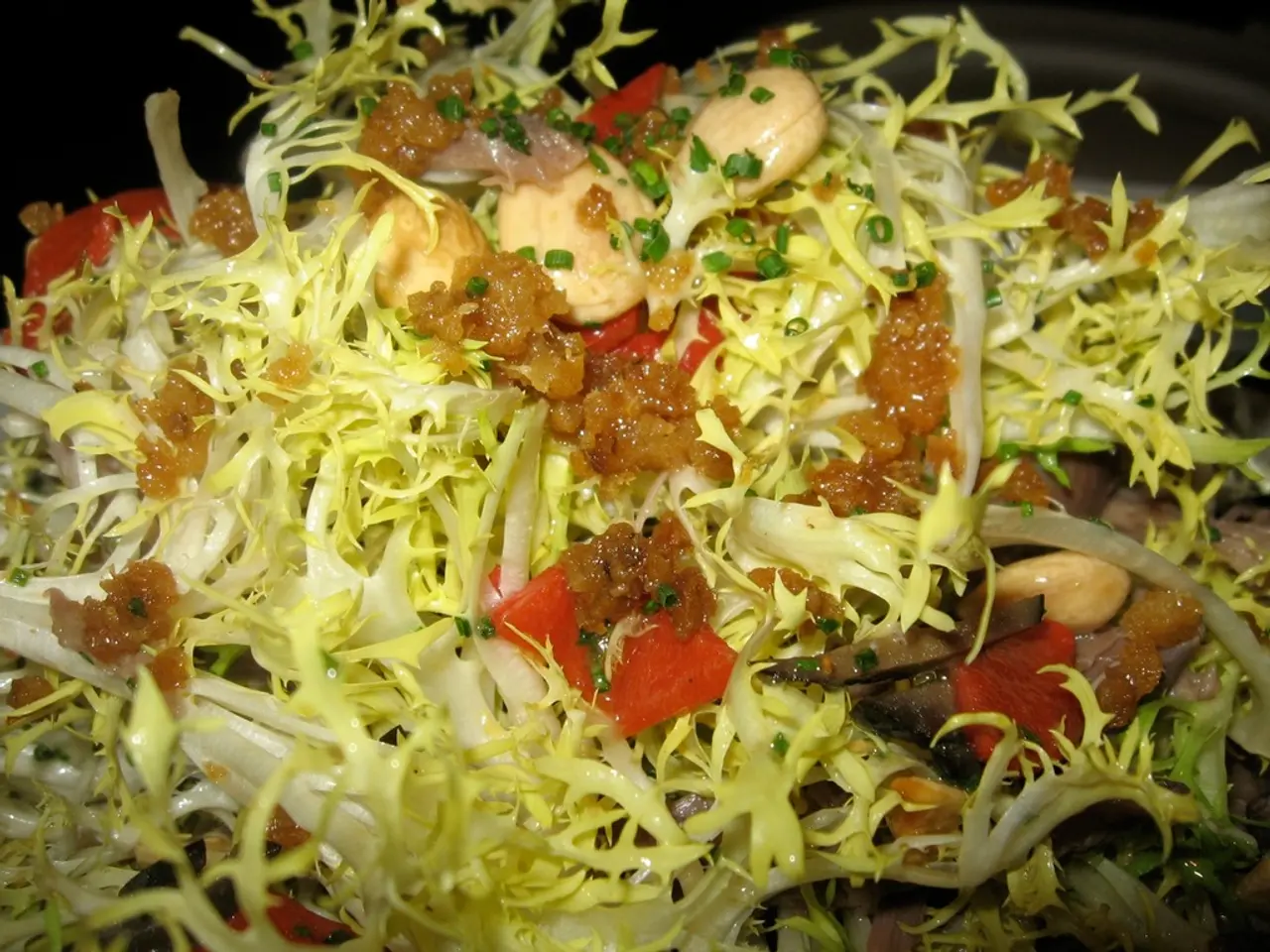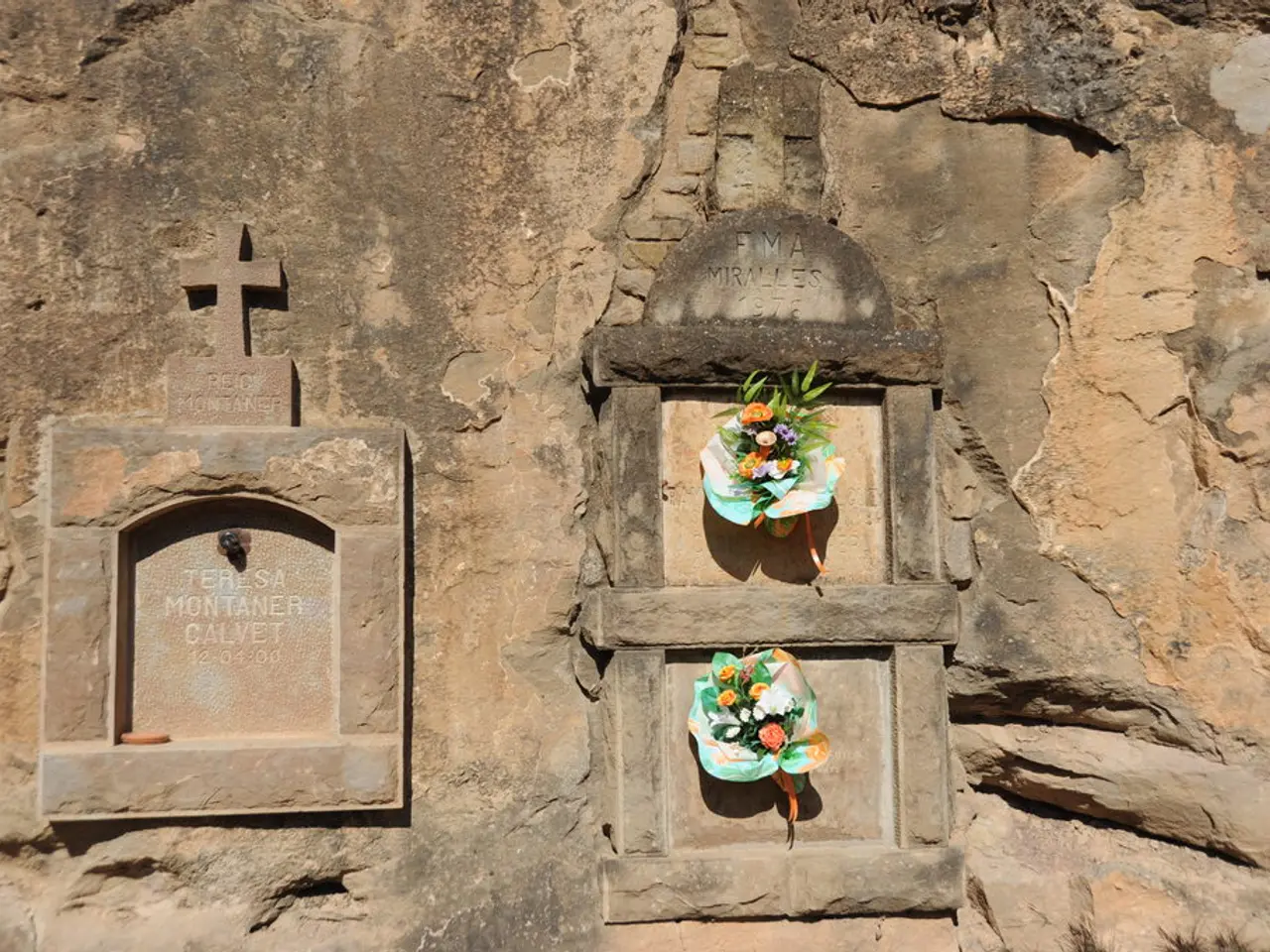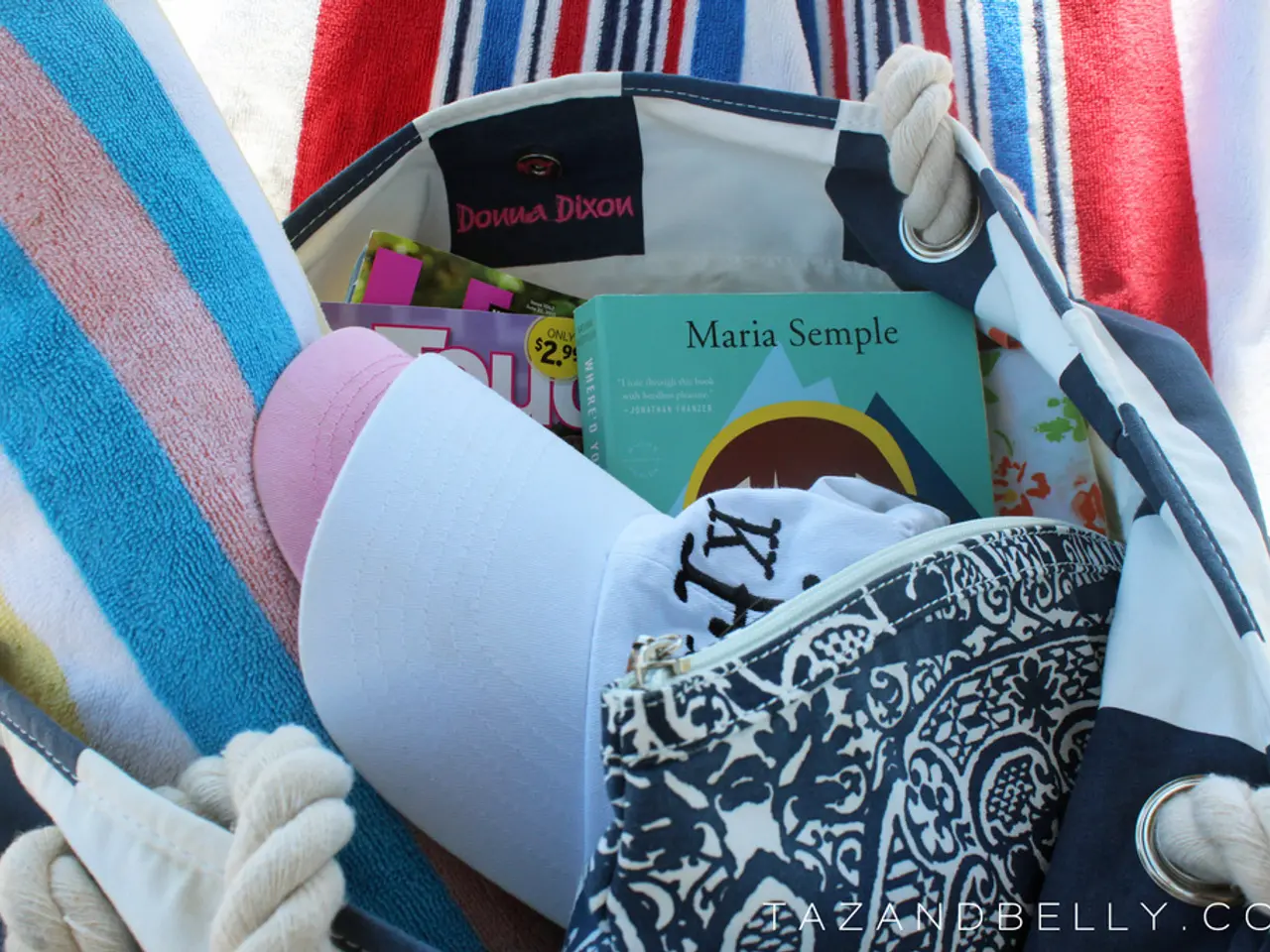Exploring the Intersection of History and Modernity: The National Public Housing Museum in Chicago
National Public Housing Museum Empowers and Educates in Chicago
The National Public Housing Museum, located at 919 S. Ada Street on the Near West Side of Chicago, serves as a unique and impactful institution that celebrates the history and experiences of public housing residents while advocating for change and empowerment[1].
History and Housing
Established in 1937, the Chicago Housing Authority (CHA) was created to manage federally funded public housing, providing affordable homes to low-income families, wartime industry workers, and returning veterans[1]. The museum is housed in the last surviving building of the historic Jane Addams Homes, the first public housing development in Chicago[1].
Initially, the Jane Addams Homes primarily housed poor white families. However, as time passed, the complex became racially segregated, causing systemic challenges and racial discrimination lawsuits[1]. By the 1980s, the CHA faced deteriorating conditions, leading to prolonged receivership and ongoing systemic issues[1].
Exhibits and Collections
The museum offers visitors a nuanced understanding of public housing’s impact by showcasing three recreated apartments that tell the stories of families from the Jane Addams Homes[2]. The exhibits also feature restored artifacts, such as the "Animal Court" sculpture by Edgar Miller, and explore the styles, culture, and history of public housing[2].
Exhibitions like Living in the Shade examine the role of open space in public housing communities, using architectural models, photographs, and community testimonials to reflect on design successes and challenges over many decades[3]. The museum also screens archival clips from media representations of public housing, such as the groundbreaking 1974 sitcom Good Times[2].
Activism and Empowerment
Beyond being a museum, the National Public Housing Museum functions as a forum for community activism and upliftment[5]. It hosts workshops, such as poetry writing led by former public housing residents, fostering creative expression and community dialogue[5].
The museum's Empowerment Hub and Cultural Workforce Development Program address systemic and structural barriers to education, training, and entrepreneurship[1]. The Hub also houses an exhibit of Elizabeth Magie's The Landlord's Game, a board game designed to protest monopolies and big businesses, with a focus on creative resistance against capitalism using art and education[1].
Community Engagement and Advocacy
The museum works directly with public housing residents to give a voice to their stories and advocate for their rights[1]. It also features the Corner Store Co-op, both physical and online, which promotes economic equity by selling products from small businesses and cooperatives owned by public housing residents[1].
Buttons reading "abolish rent" and "public housing is a human right" are available at the Corner Store Co-op, allowing people to take the message of housing justice out the door with them[1]. The museum's mission is to give a voice to the thousands of stories of ordinary people, particularly those from public housing, who are often overlooked and silenced by federal and state governments[1].
In memory of George Floyd, a record of the song "Keep on Loving You" was presented to LaTonya Floyd at the museum[1]. Jurist Sonia Sotomayer also donated a picture of her graduation from the Bronxdale Houses to the museum[1].
In sum, the National Public Housing Museum functions as a history museum, cultural center, and activist hub, dedicated to preserving public housing memories, advancing public understanding, and empowering current and former residents through education, arts, and community programs[1][2][5].
[1] National Public Housing Museum. (n.d.). About Us. Retrieved from https://nphm.org/about-us/
[2] National Public Housing Museum. (n.d.). Exhibitions. Retrieved from https://nphm.org/exhibitions/
[3] National Public Housing Museum. (n.d.). Current Exhibitions. Retrieved from https://nphm.org/current-exhibitions/
[4] National Public Housing Museum. (n.d.). Empowerment Hub. Retrieved from https://nphm.org/empowerment-hub/
[5] National Public Housing Museum. (n.d.). Programs. Retrieved from https://nphm.org/programs/
[5] National Public Housing Museum. (n.d.). Corner Store Co-op. Retrieved from https://nphm.org/corner-store-co-op/
- The museum's Empowerment Hub and Cultural Workforce Development Program, housed within the National Public Housing Museum, emphasize creativity, community dialogue, and education as tools to overcome educational, training, and entrepreneurial barriers.
- The National Public Housing Museum, in addition to its historic exhibits, screens archival video clips from media representations of public housing, such as the groundbreaking 1974 sitcom Good Times, shedding light on the portrayal of public housing in news and lifestyle segments.
- In an effort to foster dialogue and promote social change, the museum offers workshops like poetry writing led by former public housing residents, and features the Corner Store Co-op, both physical and online, to sell products from small businesses and cooperatives owned by current and former public housing residents.
- The National Public Housing Museum functions as a spotlight for home-and-garden designs within public housing communities, with exhibitions like Living in the Shade using architectural models, photographs, and community testimonials to highlight the history and evolution of the architectural features within these communities.
